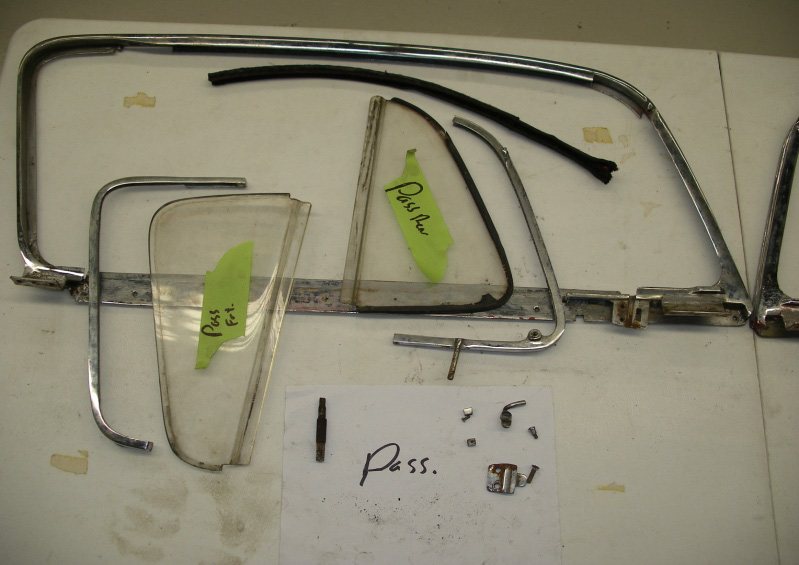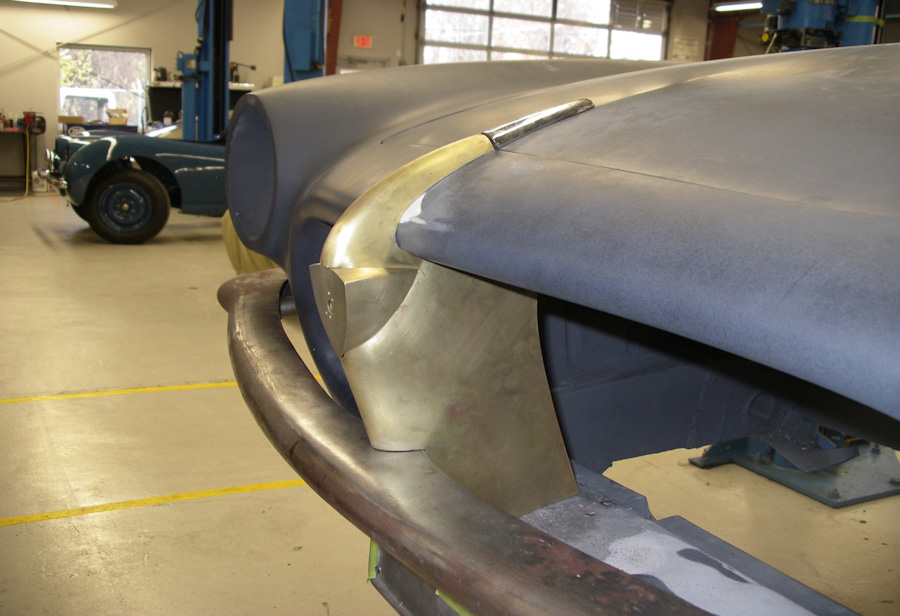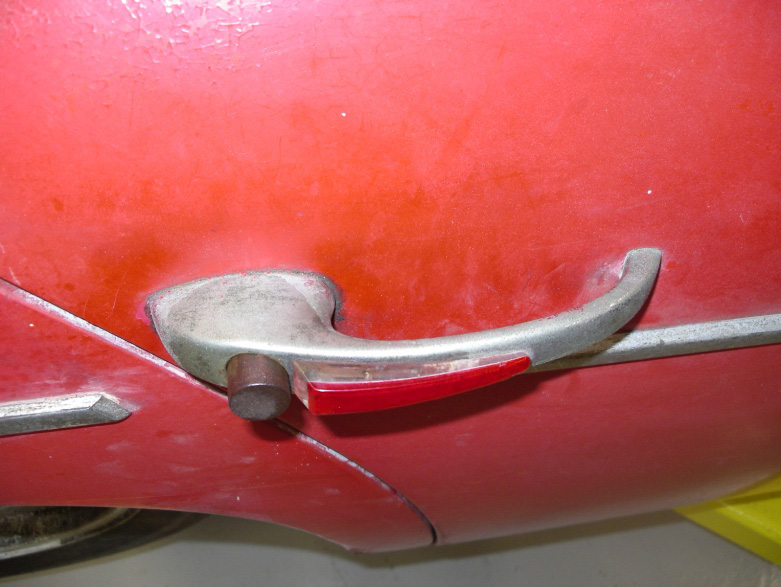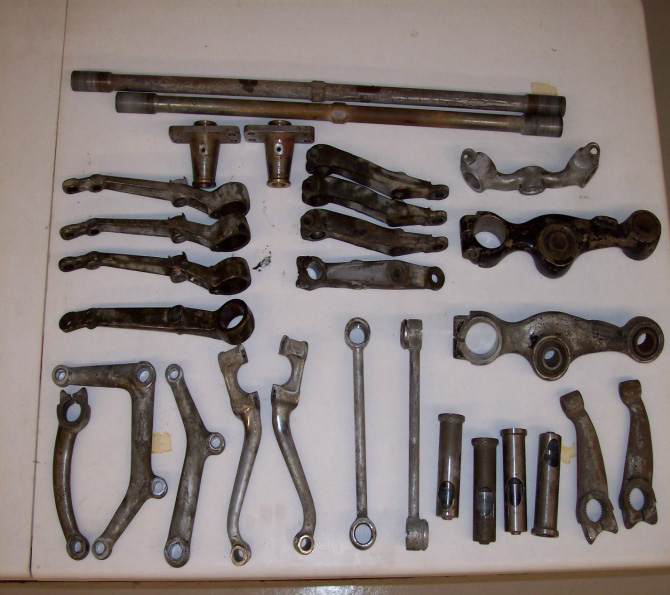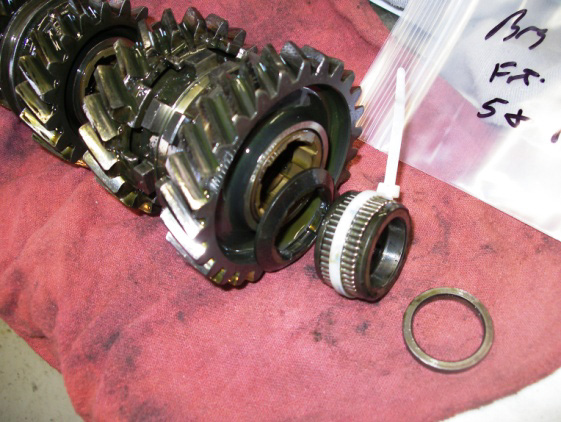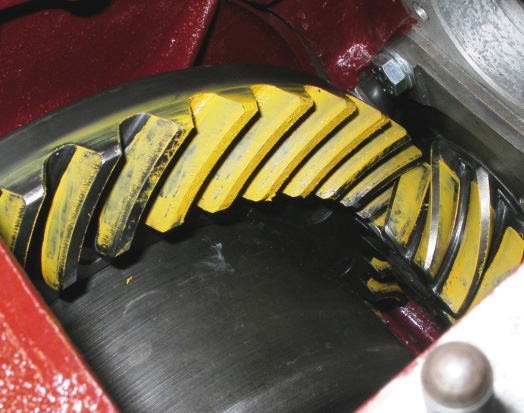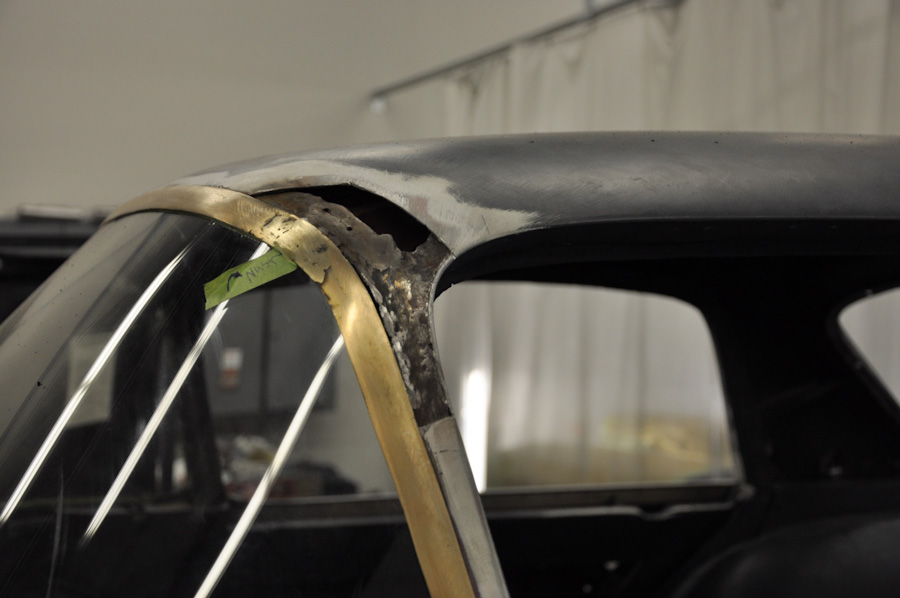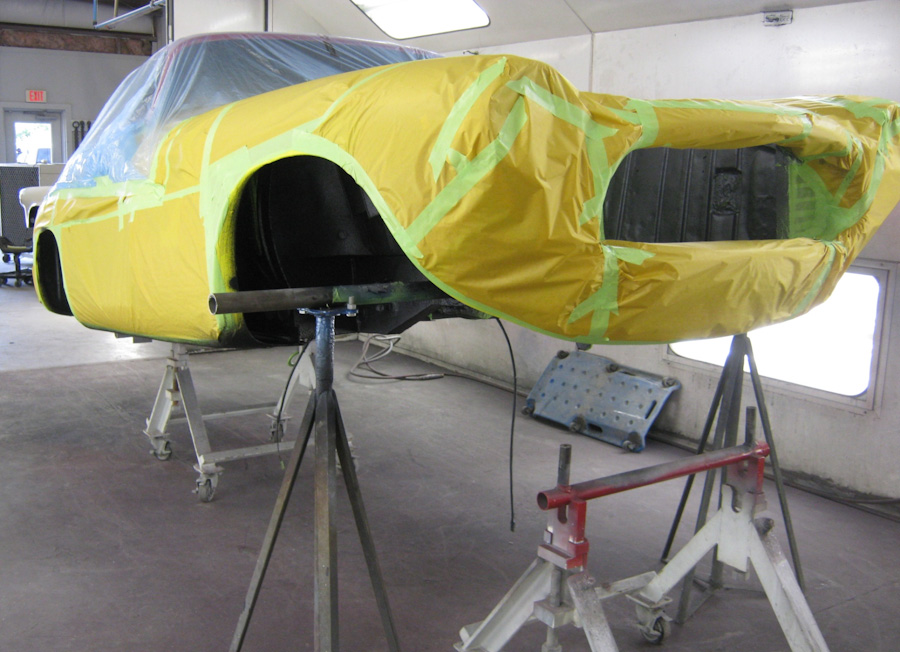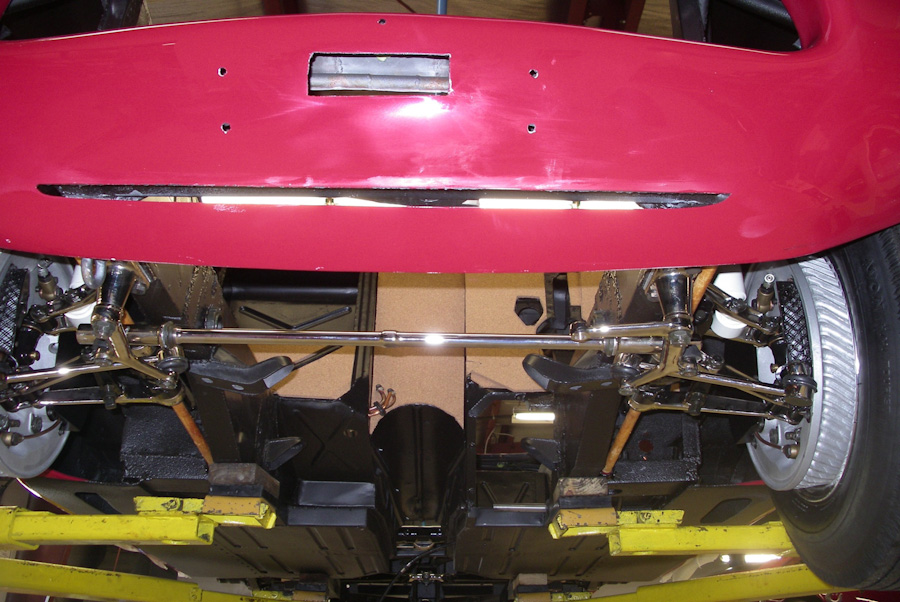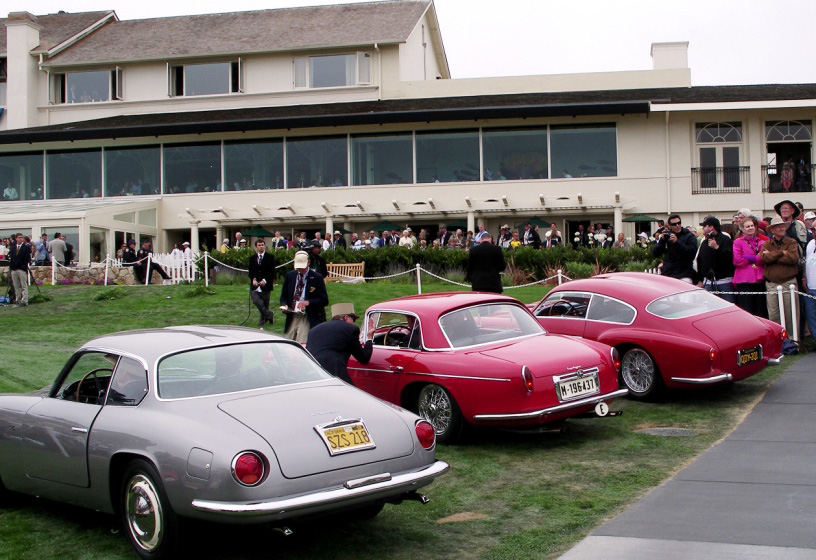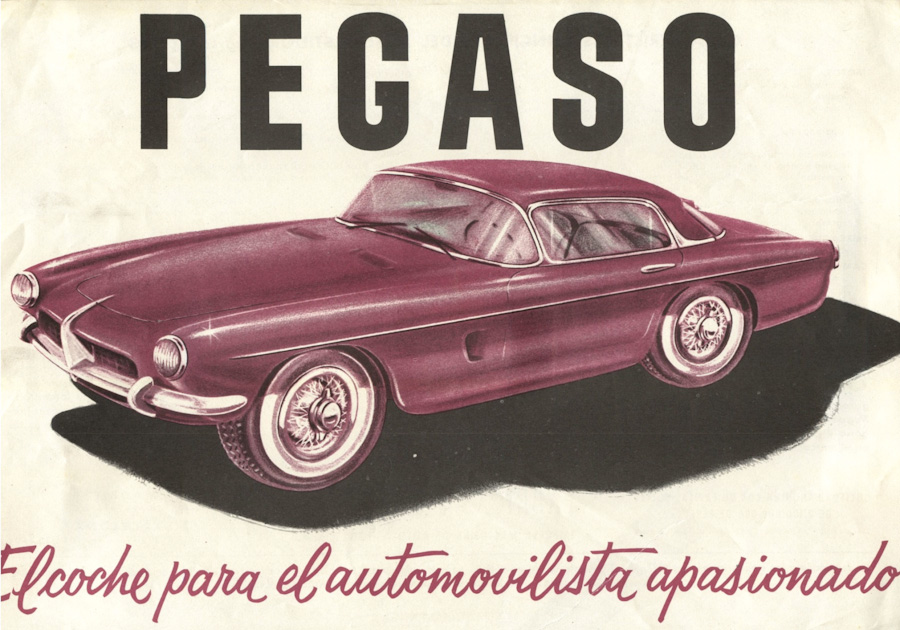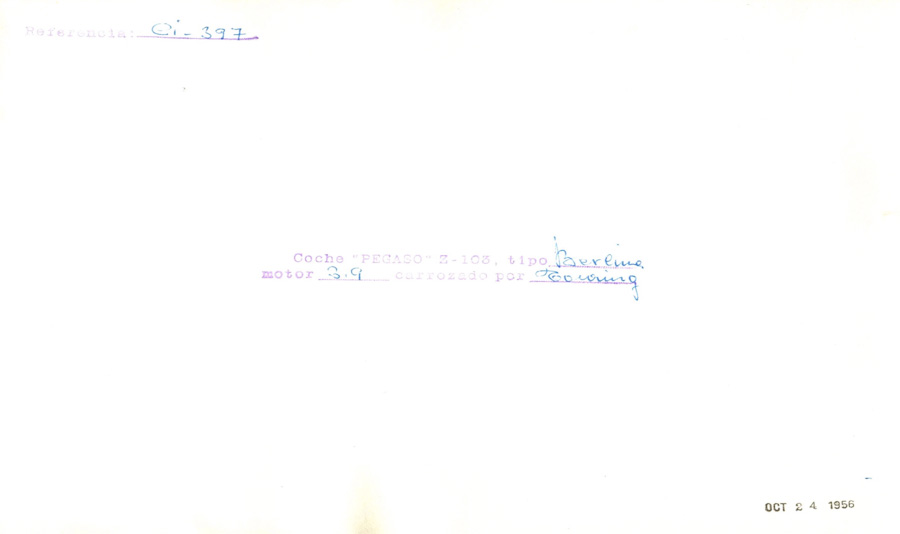A Pegaso Story
Projects like this are a pleasure for the craftsmen at ARI and VRS. Efforts undertaken with knowledgeable, understanding and involved owners are a major part of the satisfaction we’ve found in our work these last several decades of restoring interesting pieces of automotive art and history. Projects undertaken on objects of this rarity and quality within the arena of automotive history are challenging and all the more appreciated for these reasons. Case in point Richard Kocka’s touring bodies Pegaso Z102B (103) coupe #0112. Z103 you say…seems like quite a model designation for a manufacturer who finished so few cars. Pegaso intended far more, and it must be remembered that they were a substantial commercial force in Franco’s Spain producing numerous trucks and other needed equipment.
The company hired absolutely 1st class talent in the form of Wilfredo Ricart to engineer and craft a series of superbly styled and sophisticated state of the art machines. They backed this with large amounts of capital investment & active promotion with pride in Spanish technical capacities thereby evidenced for the world to see. The desire to create a “world beater” was clearly a key motivating factor. This is reflected in Pegaso’s all aluminum 4 cam V8 engine, hearty weight balancing transaxles and many other pieces of mechanical finery which were all made by Pegaso being incorporated to yield Spanish designed and built speed. They did indeed do an artful job of making Pegaso & Spain’s point. Viva Franco! Perhaps no single Pegaso car did this more effectively than the touring bodied coupe you see here. Nearly the first car finished and exhibited by the works at major motor shows it was retained by the factory as a flagship to become the last car sold. Sold it was in 1957 to none other than socialite Bettina Bancroft thereby starting a notable life on the open road.
Onward we go; through many years and several owners to Brooklyn, New York and a very interested buyer, Richard Kocka. Purchased incomplete, not running and in near scrapyard condition in 1973, Richard knew how special this car was and set right to work finding the parts that were not within on delivery. Months later he had tracked and acquired all needed including the dual, very unusual and cast in that rarest of metals "unobtanium" Weber 4 barrel carbs and air filter assemblies. Richard built his engineering business for a couple of decades with the Pegaso safely tucked away. Jump forward to 1993 and a conversation with Kent Bain of Automotive Restorations Inc. in Stratford, Connecticut. We would be delighted to undertake the project was all Richard needed to hear.
Research and a comprehensive plan followed. Pegaso’s Achilles heel was legendary; the overhead cam engines would not hold head to block sealing for long. It was decided to tackle this then the car. The skill and knowledge of the greater restoration community were needed to correct this issue efficiently. Two key organizations were employed to do just that. Phil Reilly of Phil Reilly & Company of Corte Madera, California had a fix for the head to block seal while Ted Wenz and Peter Marcovicci of Marcovicci-Wenz engineering in Ronkonkoma, NY were relatively local and had Pegaso engine experience; not to mention a dynamometer ready to test the finished product. Suffice it to say that phase I took a good while, but the results were worth the wait.
Jump ahead to fall 2006. No we’d not been idle, other research and project conscious acquisitions occurred, but that was the onset of the major restoration of Pegaso # 0112 here at the ARI shops. Apart it came with each damaged or needy piece receiving attention to return it to as new configuration and condition. Shocks…yes indeed, Pegaso built their own and these as well as other pieces all received our attentions. The strong but well used transaxle needed considerable attention. Wow!!... was all we could say when we were treated to the knowledge that Richard knew things were not quite right and had acquired a spare parts transaxle years and years ago. With less than 100 cars produced…the chances of this sort of happenstance border on the notion of a restoration miracle. And so it went, month after month, with the years passing in careful and complete steps to yield the finished product you see illustrated following. The photos tell more than mere words ever will so please have a look and enjoy the ride. See more of our progress in the gallery below.




